|
This is a sedge of dry forests here at Leaning Oaks, growing on shallow soils in the interface between our Garry Oak Meadow and the Douglas-fir forest. It is an early spring bloooming sedge, this year blooming mid-March. Anther producing flowers are at the top of the stem (yellowish anthers in the right hand photo here) and the female flowers are on the lower portion of the inflorescence (white stigmas showing on the photo). Unlike most of the grasses on our property, which are introduced species, this is a native plant, found from southern BC to California.
I've always thought of this as a tough, dapper little sedge, quite attractive with it dark flowering bits, however clearly not everyone thinks so, since it has the scientific name Carex inops ssp. inops. Inops is Latin for helpless, destitute, indigent, poor, mean, wretched or contemptible. Poor little sedge.
0 Comments
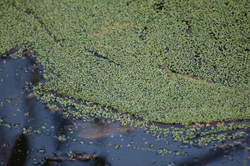 Common Duckweed (Lemna minor) grows on the surface of our pond often blanketing large areas by the end of the summer. It is a floating aquatic plant with 1-3 leaves and a root hanging down into the water. As the leaves grow, they split from one another and become separate plant. Duckweed leaves have aerenchyma which are air pockets that allow them to float. Flowers are tiny, and either we have been unobservant and missed them, or our population reproduces mainly by division. We didn't put Duckweed in our pond, they either hitchhiked in on the plants that we did buy, or arrived here courtesy of the ducks that visit the pond. Common Duckweed is one of four species of Lemnas that we have in British Columbia. Duckweed meal made from dried duckweed is sometimes used for cattle feed as it is high in protein. When grown commercially can be produced at the rate of 10-30 tons of dried duckweed/ha/year. I sometimes net out some of our duckweed in the summer to open up the pond - here we use it as a soil amendment in the garden. 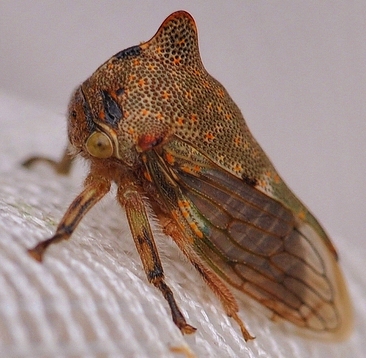 Platycotis vittata has a broad range across North America, distributed somewhat like a horseshoe (as described in BugGuide) along the east and west coasts and across the southern states. it is also found in Mexico and Brazil. Various species of oak, (Quercus spp) serve as hosts. They rarely are in numbers great enough to be a pest. They have five nymphal instars and there are observations of adult females standing guard over colonies of these nymphs, repelling predators. I love that mental image! We have only seen this one small individual, but I plan on searching the oak branches this spring to find more, especially if there are some of the striped stage. The other oddity is that some have a horn, and some don't. Whack, eh? Many of the photographs of this species were of that brightly coloured form or lifestage so when we we went to try and identify what we thought was a distinctly coloured and shaped treehopper we were flummoxed. Help from Syd Cannings and Karen Needham led us here. This fungus is a by product of our quest for garlic self-sufficiency. Last October we heavily augmented the soil in our garlic bed with horse manure from one of the local stables, and over the last couple of weeks the enriched ground has produced a fine crop of Common Dung Cups (Peziza vesiculosa). It is a common mushroom of stables and heavily manured gardens. It is a large fungus, as far as cup fungi go, up to 10 cm across. Ours are a dark tan, but the species in general varies from a light buff to brown.
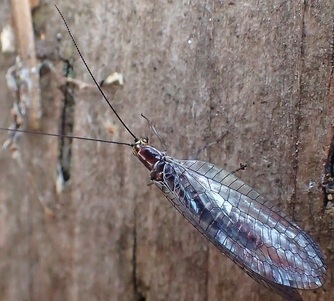 We caught a glimpse of this shiny slender lacewing resting after on one of the fabulously warm March days that we have been having. And although it isn't green in colour, it is a member of the Chrysopidae, or green lacewings. The more common ones are the filmy pale green, clear winged Chrysops sp that are often seen around lights and that can be purchased as part of an integrated pest control program. The larvae are voracious predators of a wide variety soft bodied pests, particularly aphids. One description of the larvae are that they look like tiny alligators. The adults hove into honeydew, pollen or nectar. A bit like growing up in Alberta and moving to the west coast as an adult. I am making a guess that this coastal species, Nothochrysa californica, has similar feeding habits. In Canada it has been recorded from Bowser, Nanaimo, Sidney, South Pender Island, Vancouver, and Victoria and is listed in Geoff Scudder's 1996 priorities for inventory and research in British Columbia. This species was also reviewed as a candidate for federal listing as threatened or endangered in California where it lives in the San Francisco Bay area. Red Alder (Alnus rubra )is a quickly growing tree of moist sites, often along water courses and particularly of disturbed soils. Our few alders are on the side of our property that was an old road right of way and undoubtedly was established on the road edge shortly after the road was abandoned.
Alders have two types of catkins (shown here). The long pendulous catkins are pollen producing and the rounded dark brown ones, which look similar to the cones on a conifer are the seed bearing ones. Alder seed is borne profusely, and they have two small wings on either side of the flat seed- which help them disperse in the wind. Alder seed is a favourite of Pine Siskins however, and flocks of Siskins l. They are useful trees from a bird point of view, often they have heavy cateripillar loads and that makes them a good foraging area for songbirds looking for food for nestlings. Rather embarrassingly, it was finding the Common Emerald (#142) that made us go look and see if we had Red Alders on the property this summer. 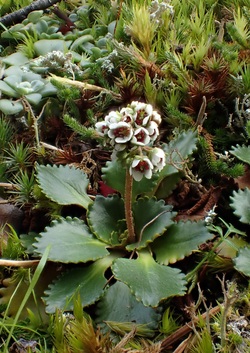 I learned this plant as Saxifraga occidentalis ssp rufidula, however a number of years ago S. occidentails was split into a number of species and this became S. rufidula, then even more recently the genus Saxifraga was split and this became Micranthes rufidula. Leah photographed this today, a very early flowering date for this species, again a testament to the very mild spring. It grows in seasonally moist moist areas, often in mossy seeps over bedrock on rock outcrops. Specimens growing on slighty deeper pockets of soil can be considerably larger that the one shown here. This plant, like many of the species found here at Leaning Oaks I first learned taking a course on plant ecology at the University of Victoria, taught by Dr. M.A.M. Bell. Marc is celebrating his 80th birthday today and we are dedicating this Species a Day to him. |
AuthorsTwo biologists on a beautiful property armed with cameras, smart phones and a marginal knowledge of websites took up the challenge of documenting one species a day on that property. Join along! Posts and photographs by Leah Ramsay and David Fraser (unless otherwise stated); started January 1, 2014. Categories
All
Archives
May 2025
|
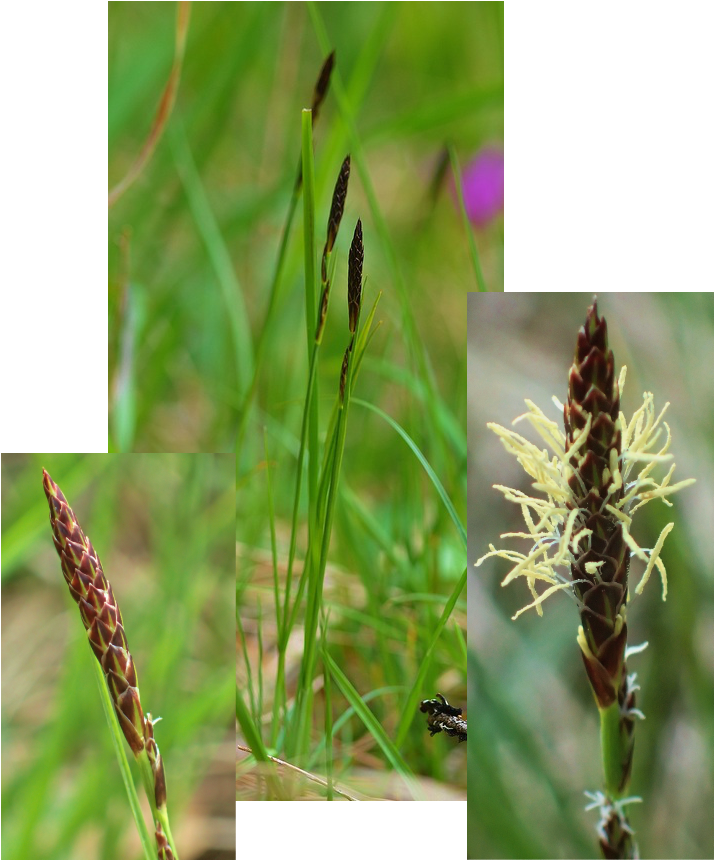
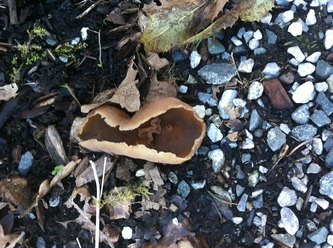
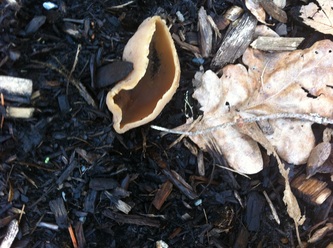
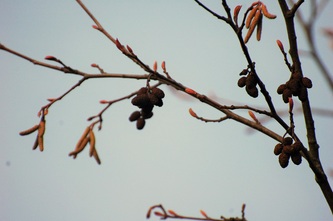
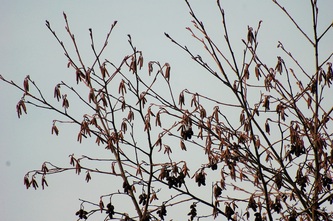
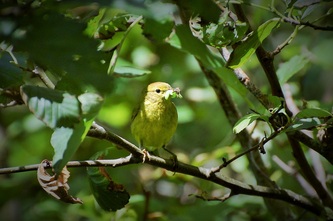
 RSS Feed
RSS Feed